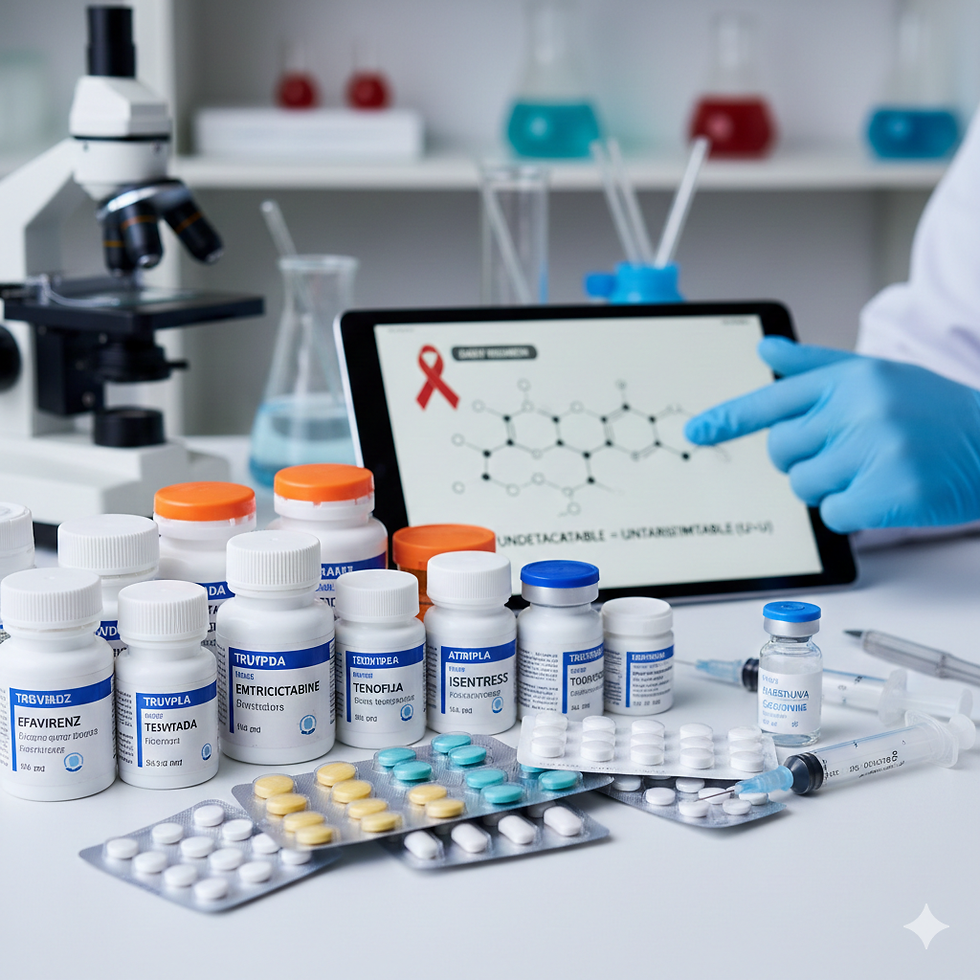Sarcoma
- McCord Cargile
- Jul 6, 2023
- 4 min read

What is Sarcoma?
Sarcoma is a type of cancer that originates in the body's connective tissues, including bones, muscles, nerves, blood vessels, and fatty tissues. It is classified into two main types: soft tissue sarcoma and bone sarcoma. Soft tissue sarcomas can develop in any part of the body, while bone sarcomas specifically affect the bones.
What are the Signs and Symptoms Sarcoma?
Sarcoma symptoms can vary depending on the specific type and location of the tumor. However, there are common indicators to be aware of:
Unexplained lumps or swelling: If you notice a lump or swelling that doesn't go away or keeps growing over time, it's essential to get it checked by a medical professional.
Pain or tenderness: Persistent pain or tenderness near a lump or in the affected area should not be ignored.
Limited range of motion: Difficulty in moving a limb or joint could be a sign of sarcoma, especially if accompanied by swelling or pain.
Fatigue and unexplained weight loss: General feelings of tiredness and unintentional weight loss may indicate advanced stages of sarcoma.
If you experience any of these symptoms or have concerns about your health, we strongly recommend consulting a healthcare provider for a proper diagnosis.
While the symptoms noted above are common indicators, it’s important to remember that the symptoms of sarcoma can vary depending on where the tumor forms in the body. For instance, if a sarcoma develops in the abdomen, it may lead to abdominal pain, vomiting, or constipation. On the other hand, sarcomas in the uterus can cause vaginal bleeding and abdominal pain. Gastrointestinal stromal tumors (GISTs) may result in symptoms such as feeling full after eating small meals, vomiting blood, or experiencing dark bowel movements. Sarcomas originating in the lungs or heart can lead to symptoms like chest pain and breathing difficulties. Keep in mind that the specific symptoms can differ based on the location of the sarcoma within the body.
How is Sarcoma Diagnosed?
Early detection and accurate diagnosis play a crucial role in treating sarcoma effectively. When you consult a healthcare professional regarding suspected sarcoma, they may perform several diagnostic procedures, including:
Physical examination: Your doctor will conduct a thorough physical examination to assess any abnormalities or signs of sarcoma.
Imaging tests: X-rays, MRI scans, CT scans, or PET scans may be ordered to obtain detailed images of the affected area.
Biopsy: A biopsy is a definitive method to diagnose sarcoma. It involves removing a small sample of tissue from the tumor for laboratory analysis.
What are Treatment Options for Sarcoma?
The treatment of sarcoma depends on various factors, such as the type, stage, and location of the tumor, as well as the patient's overall health. Treatment options may include:
Surgery: Surgical removal of the tumor is often the primary treatment for sarcoma. The goal is to eliminate the cancerous cells while preserving the function of the affected area as much as possible.
Radiation therapy: High-energy radiation is used to target and destroy cancer cells. It may be employed before surgery to shrink tumors or after surgery to eradicate remaining cancer cells.
Chemotherapy: Medications are administered orally or intravenously to kill cancer cells or slow their growth. Chemotherapy is often used in combination with surgery or radiation therapy for optimal results.
Targeted therapy: This approach involves using drugs that specifically target genetic changes in cancer cells, hindering their growth and spread.
Immunotherapy: By stimulating the immune system, immunotherapy helps the body recognize and attack cancer cells effectively.
The choice of treatment depends on several factors, and a multidisciplinary team of healthcare professionals will collaborate to create an individualized treatment plan tailored to each patient's specific needs.
Sarcoma Quick Facts
Sarcoma is a type of cancer that can occur in various locations in the body, including the bones and soft tissues.
There are more than 70 types of sarcoma, including angiosarcoma, chondrosarcoma, gastrointestinal stromal tumor (GIST), liposarcoma, osteosarcoma, and rhabdomyosarcoma, among others.
Signs and symptoms of sarcoma can include a palpable lump, bone pain, unexpected broken bones, abdominal pain, and weight loss.
The exact causes of most sarcomas are not clear, but they are thought to involve mutations in the DNA of cells that cause abnormal growth and division.
Certain risk factors can increase the likelihood of developing sarcoma, such as inherited syndromes, radiation therapy for cancer, chronic swelling (lymphedema), exposure to certain chemicals, and exposure to viruses like human herpesvirus 8.
Sarcoma is relatively rare and accounts for only 1% of all adult cancer diagnoses, but it can be more common in children, accounting for approximately 15% of all cancer cases in children under the age of 20.
Due to its rarity, many doctors may have limited experience with sarcoma, and it is often recommended that patients seek treatment at major cancer centers with multidisciplinary teams.
Treatment for sarcoma varies depending on the type, location, and other factors, but it may involve surgery, radiation therapy, chemotherapy, targeted therapies, or a combination of these approaches.
Early detection and diagnosis of sarcoma are important for better treatment outcomes, and regular check-ups, imaging tests, and biopsies may be used to evaluate suspicious lumps or symptoms.
July is Sarcoma Awareness Month where organizations, patients and those affected by Sarcoma aim to raise awareness about sarcoma, educate the public, and support individuals affected by this rare form of cancer.
Sarcoma Resources
Cancer Types: Sarcoma | American Cancer Society
Mayo Clinic: - Sarcoma | Mayo Clinic
Soft Tissue Sarcoma | National Cancer Institute (NCI) Bone Cancer (Sarcoma) | National Cancer Institute (NCI)
Soft Tissue Sarcoma | American Cancer Society Bone Cancer | American Cancer Society
What is Sarcoma | Sarcoma Foundation of America
Types of Sarcoma | Sarcoma Foundation of America







Comments